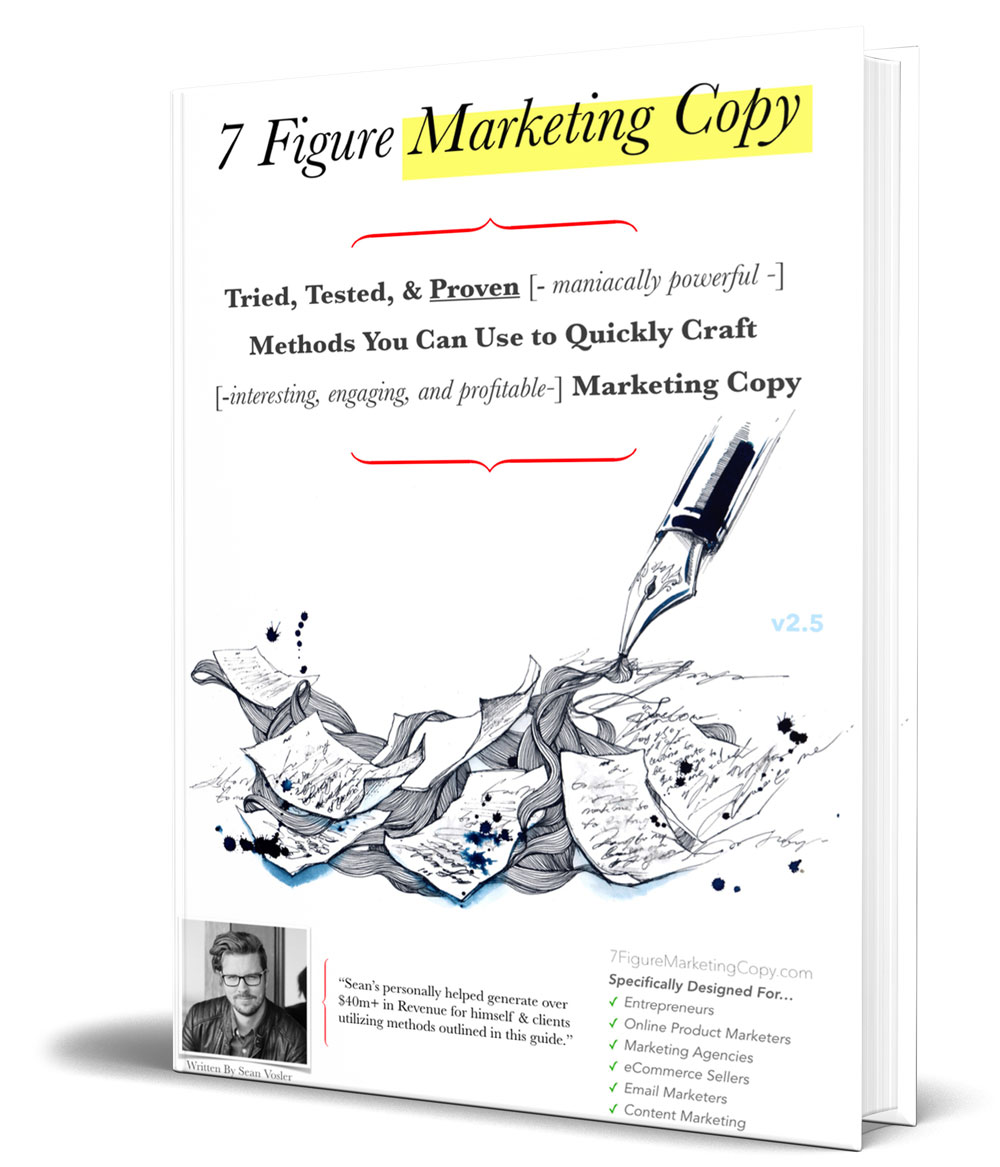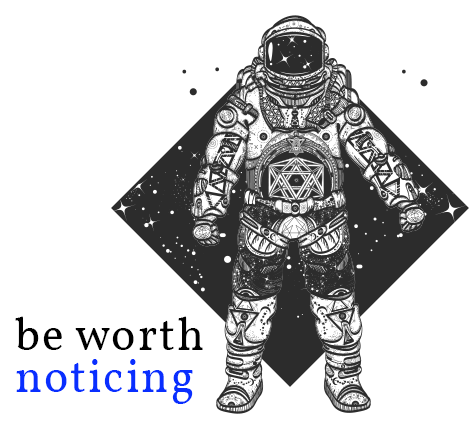Video Notes: Change Your Life – One Tiny Step at a Time by Kurzgesagt
The Video
On making positive changes in your life…
There is (often) a gap between the person you are and the person you wish to be. Sometimes it feels like you need to change who you are to achieve your goals. Someone who is consistent, puts in more effort has discipline and willpower.
Misconception: If you don’t succeed, you just didn’t want it enough. “with every failed attempt, you become more and more frustrated and annoyed with yourself. If you believe success and hustle, internet, it’s all your fault. If you don’t succeed, you just didn’t want it enough. And the failure is all you.”
Reality: Change is hard.
As with most things in life,** understanding why** makes things easier.
On understanding why change is hard…
Paths in The Jungle – How & why your brain creates habits to conserve energy:
“Imagine your brain as a lush and dense jungle. Moving through it say to make a decision to do something is like moving through an actual jungle. It’s hard and it costs energy. Your brain hates expending energy, so it came up with a trick. All your actions and behaviors leave paths in the jungle of your brain. As you start doing something, you travel down some plants and make rough improvise trails through the undergrowth.”
“We tend to do what we’ve always done.”
“The more often you do the thing, the more pronounced the trail becomes. Over time, it turns into a path that is easier to trace. So you take it more often, and it turns into a street. As you repeat doing the thing over and over for years, the street turns into a highway. traversing it becomes effortless, familiar, and comfortable. The more pronounced your brain highways, the more you get used to their comfort, so we continue to use them, which means we tend to do what we’ve always done.”
This is why change is hard – The more pronounced your brain highways (habits & routines), the more you get used to their comfort, so we continue to use them.
The Brain “Highways” – To understand how they are developed & maintained we need to first understand Habits & Routines.
on the difference between habits & routines
Routine – “The Wise Planner” – Doing what’s right, even if it’s unpleasant.
“A routine is a sequence of actions that you carry out the same way every time because they’ve worked out well for you.”
“For example, you get the same ingredients for your favorite dish and put them in a certain order, because you like the taste of the result. Or before going to bed, you set an alarm at 630 because this is when you want to get up”
The Wise Planner…
“It’s slow and analytical. Responsible for strategizing and mental calculations. The planner is aware of the future and carefully considers what kinds of results you want. Based on that it chooses actions to achieve specific outcomes, even if they are uncomfortable, like taking a shower after getting up.”
Routines are more conscious, concerned with the future more than the present.
Routines can become habits.
Habits – “The Toddler” – a Routine on Autopilot
“Routines can eventually turn into habits which feel much easier, because they’re basically a sequence of actions carried out without thinking about them.”
Habits: “You’ve done [a routine] so often before that brain considers them rewarding, [your brain see’s it as] a great response to a [specific] situation.”
Specific situation: triggers, context cues.
Habits: can feel like you’re on [autopilot](flow state). You don’t have to convince yourself to do something that’s a habit, you just do it.
Habits: Are set in motion by triggers, context cues that can be single things or entire situations that give your brain the signal to start the behavior or action.
Examples: “You already have a lot of triggers in your life. Like when you see your phone, you almost always unlock the screen, or you reach for the seatbelt when you sit in a car. Or when you buy your coffee before work. You also get a cookie even though you aren’t actually hungry.”
The Toddler…
Habits: Are more impulse based. “Habits are executed by an impulsive toddler. It responds to your immediate desires based on what’s around you without considering any longer term goals”
They are more sub-conscious, concerned with the present more than the future.^^
The future doesn’t exist, and it hates hard work.
“For the toddler. The future doesn’t exist, and it hates hard work. So when it notices a trigger, it steers you to take this easy road inside your brain that leads to a familiar rewarding result. If you get coffee, the toddler also wants the cookie just because that’s what you do every morning.”
“This rewarding feeling is also how most of your bad habit started.”
E.g. Chocolate is tasty. Browsing Reddit is occasionally mildly interesting.
On how bad habits start: “Rewarding feelings associated with an action demand to be repeated.”
“This is why you repeat these actions, even if they’re bad for you… rewarding feelings associated with an action demand to be repeated, and so a bad habit is born.”
“The toddler: Sounds like a built in sabotage mechanism, it is as important as “The Wise Panner”.”
“The Toddler” & “The Wise Planner” Need each other and can work together…
Routine: Facing challenges…
[Conscious Effort] The wise planner: “Thinking big thoughts and parallel parking and doing your taxes. But letting your wise planner do everything would cost too much energy.”
Habit: Energy conservation… [energy saving mechanism]
[Sub-Conscious Effort] “Outsourcing mundane and repetitive tasks to habits managed by the toddler allows your brain to easily manage your daily life while dealing with more complex mental challenges at the same time.”
We can leverage our energy saving mechanism to change behaviors, or introduce new ones into our lives… How?
Focus On Small Things First…
Key: “Improving your life a little is so much better than aiming high and changing nothing. Especially because small changes can do a lot over months and years.”
Even if you only end up doing a little more good stuff or a few new things. That’s still a success. Being a little bit more healthy or knowledgeable is a million times better than being unhappy about a thing and changing nothing. In the end. Change is a direction not a destination
How to Build a Habit to Make Desired Changes or Improve Yourself
Out maneuver your energy saving mechanism tendency by consciously designing a routine that (eventually) allows your sub-conscious to “relax”.
Insight: “If you want to make change easier, the best way may not be to force it with willpower, but to convince your brain that it’s not that big of a deal by creating new routines, and then turning them into [habits](notes on habits).”
Habit Building – A Two Phase Process…
Phase 1: Define & Design Future Outcome – Use your Routine – “The Wise Planner” to consciously construct the first trail.
A.) Define The Objective: define your objective, the over-arching goal. (eg: “Get in shape”.)
Establish, clearly, WHY this objective is important to you. Write it down.
B.) Design The Routine: Break down your [objective]The first thing to do is to break down this pretty vague goal into clear separate actions. ) into clear, small, specific, & separate actions/steps.
Why? The idea is to make the action itself as easy a threshold (starting point) as possible.
The steps should be so small, it’s manageable, and so specific that you don’t have to (consciously) think about it a lot.
For example, a tangible controllable action might be doing 10 squats every morning.[*]For example, a tangible controllable action might be doing 10 squats every morning. )
Phase 2: Leverage Your Sub-Conscious Use your [toddler] to help initiate the action [effortlessly].
C.) [The Start Button] – Define A Clear Mechanism For Your Routine.
It is a signal to your toddler that is clearly associated with the steps in your routine that you designed.
Triggers can be many different things: “They can be visual pointers like seeing a particular object, like your training outfit, or a certain time of day, or a designated place like a nearby park, or even better all of these things combined. “
You are “creating a context” for your routine, one that will help to transform it into a habit, a habit that is triggered by visiting the context you’ve created.
For example… So to establish a home workout habit with 10 squats to begin with, you could make sure to always do them with your exercise gear on at the same place of time, like in your living room at home.
D.) Revisit the context, repeat the actions.
A trail (routine) into a highway (habit). – Once you have your trigger and action, all you need to do is repeat them regularly, ideally every day. If you keep going they will change from a routine to a habit from a trail to a highway.
C.) Enjoyable by Association. Associate the habit with other desirable activities.
“To make your new action easier to repeat, and more likely to be picked up by the toddler. Try to make it pleasurable by [making the action or behavior itself more enjoyable.]Many things you want to turn into habit. Don’t offer as much instant gratification as wasting time on Reddit. To make your new action easier to repeat, and more likely to be picked up by the toddler. Try to make it pleasurable, not necessarily by rewarding yourself after you’ve done it. But **by making the action or behavior itself more enjoyable. **)”
For example: Like only listening to your favorite podcast while working out or chipping away at your taxes. While you wait for civilization to load the next round. You need to figure out what works for you.
It’s simple, but not easy – Things to remember along the way…
Wavering? Trust The Process: Since you now [understand] As with most things in life,** understanding why** makes things easier.) why this process is in place, and how it works, you need to trust this process just like you would any other process in your body such as breathing.
Creating habits isn’t just about making the actions in your routines easier. They’re about leveraging your internal mechanisms to help overcome the anxieties that bubble up when making changes or starting something new. Working with your brain instead of against it.
Starting is easy, continuing to do it every day is the hard part. It gets easier as you go and momentum builds.
How long it takes to turn a routine into a habit differs for everyone… it can take anywhere from 15 to 250 days for a new habit to automatically be kicked off by a trigger… so manage your expectations, give yourself time, and give yourself forgiveness when you make mistakes.
Don’t forget to start small, manage expectations, and failure is a chance to revisit “why” and refine your process. “Even if you only end up doing a little more good stuff or a few new things. That’s still a success. Being a little bit more healthy or knowledgeable is a million times better than being unhappy about a thing and changing nothing. In the end. Change is a direction not a destination”

 Let me send you a boatload of copywriting tips...
Let me send you a boatload of copywriting tips...